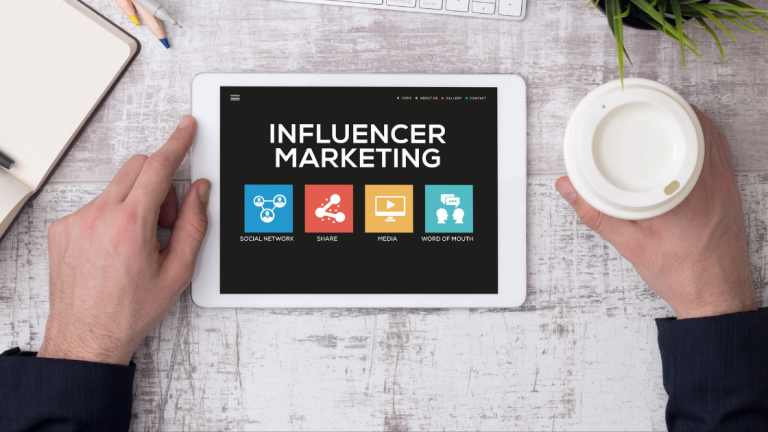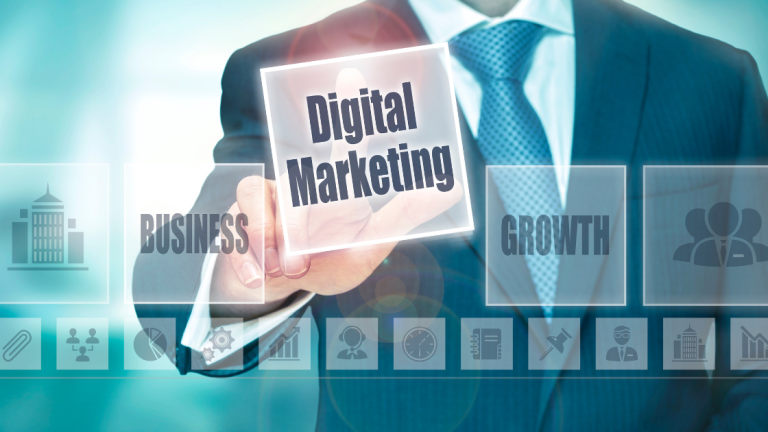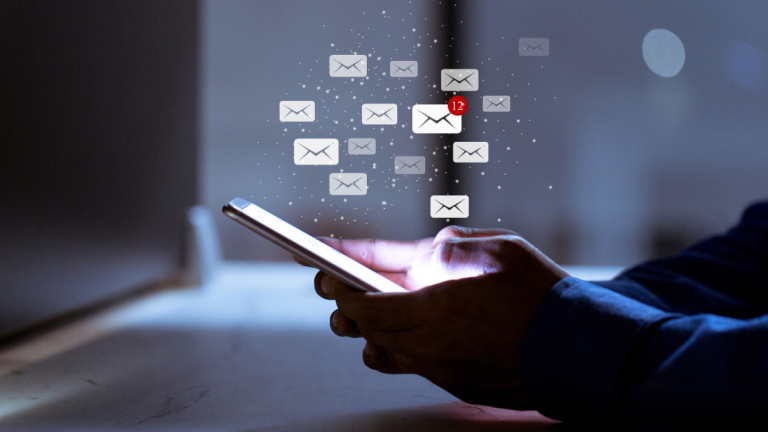When marketing goes digital and uses digital channels to promote or sell services, that is digital marketing. The use of search engine, websites, social media platforms etc. to reach masses. Often called ‘online marketing’, because of connecting to potential customers using the internet and other forms of digital communication.
It involves same principles as traditional marketing and is considered as a more capable way of approaching consumers and understanding their needs. Unlike traditional marketing strategies that rely on print, radio, or television, it enables firms to communicate directly with users via the devices they use every day.
In this blog, we will understand the basics and get a overview of what digital marketing is and how is it impacting the business world.
How Digital Marketing Works
Marketing is the act of selling products and services through media and other techniques to gain clientele. It requires a combination of sales and advertisement skills. Professional marketers will take this responsibility; sometimes in-house in certain businesses, sometimes outsourced with other marketing agencies that may have a big mix of clients.
While print, radio, and television were once the exclusive sources businesses depended on for their marketing needs, the internet opened another avenue to reach customers and gave birth to what is called digital marketing.
The newer technologies and trends meant that businesses would have to readjust their marketing strategies and rethink their budgets. In the early days of digital marketing, email was a hot marketing tool. This was followed by a shift in focus towards the search engines like Netscape, which let businesses tag and keyword items so that these could be seen. The invention of social platforms such as Facebook allowed the tracking of user data and allowed companies to relay their messages to highly targeted sets of audiences.
Another area smartphones and portable devices have affected is making it easier for companies to market their products and services to consumers wherever those consumers happen to be. In fact, a 2022 Pew Research Center study found that 76 percent of American adults had made online purchases using their phones.

Digital Marketing vs. Traditional Marketing
The objective of both digital marketing and traditional marketing is to communicate with the customers in the interests of selling a product or service. However, digital marketing uses online tools and platforms for direct communication with devices. In this way, it offers faster communication, better tracking, and flexibility.
As businesses continue adapting to the digital age, learning the differences and similarities between these two approaches will be critical to success.
There are a lot of similarities between digital marketing and traditional marketing. Both try to inform someone about a product or service. Both try to show why something is valuable, why it’s worth buying.
The objective is the same-to bring awareness, interest, and readiness in people’s minds to make a purchase. Digital marketing just does this with different tools.
Types of Digital Marketing Channels
Digital marketing channels have come a long way since the 1990s. Today, businesses have several ways to reach out to their audiences. The following are eight important channels:
Website Marketing
Your website is the hub of your digital presence. It has to be fast, responsive, and super accessible. A design-friendly website will say a lot more about your brand than just a list of products-it’s an experience, and quite literally your brand’s 24/7 storefront.
Pay-Per-Click Advertising
With PPC advertising, you will be able to put your ads on the search engines like Google and other platforms like Facebook. You are only paying when someone clicks the ad, which therefore is cost-effective to reach out to your target audience. It is highly targeted in nature, meaning your ads reach the right people at the right time.
Content Marketing
Content marketing involves the development of truly valuable content-be it in the form of blog posts, videos, or infographics. The idea is to be able to engage your audience and build trust-without being too promotional-so your brand stays top of mind and a relationship can be developed in the long run.
Email Marketing
It is still one of the most excellent channels. You can send personalized messages right into your audience’s inbox with email marketing. Along with other lead generation efforts, email can take leads and enable them to become fiercely loyal customers.
Social Media Marketing
Social media is where brands meet consumers. This channel can be utilized in building brand awareness and consumer trust. You could just use Instagram and Facebook to engage with your audience, drive leads and sales through promoted posts and ads.
Affiliate Marketing
Partner with influencers or other businesses to promote your products in exchange for a commission on sales or leads. It’s efficient and relatively cheap, thus is used by even big companies like Amazon.
Video Marketing
Video marketing includes the use of YouTube and TikTok for their capability to hold the attention of people with engaging content. Videos can educate, entertain, and drive action; hence, they are an ever-effective powerhouse in your marketing mix.
Text Messaging
Text messaging enables direct communication with your audience. It’s ideal for timely promotions or updates, and it offers a versatile channel of communication with options to pay via text for fast and actionable messages.
KPIs in Digital Marketing
KPIs (Key Performance Indicator) are an important method for the digital marketer to track and measure the achievements of each campaign. Indeed, KPIs help digital marketers estimate long-term performance just like traditional marketers; these are some means to create that vital competitive advantage.
Perhaps one of the most important KPIs is the click-through rate, or CTR, which is the share of people who clicked an ad out of all those that have viewed it. The higher the CTR, the better it means the ad itself is communicating to the audience. Another popular metric for measuring ad performance is the conversion rate, which goes a step further from clicks to measure how many users took some desired action-after seeing an ad-such as completing a purchase.
Social media and website traffic are major KPIs too. Social media traffic would be tracking activity on the three platforms of interest, Facebook, and Instagram. Website traffic simply refers to how many visitors one gets on their site and shows how well their marketing efforts are driving interest in their products.
Benefits for Business
Digital marketing has a number of other business benefits, apart from the mere fact of its wide reach. For one, its geographical reach is pretty vast; online advertisements reach out to people all over the globe and expand the market manifold beyond what was earlier considered local.
Other main advantages include cost-effectiveness. Digital marketing is cheaper compared to traditional marketing; thus, firms can reach out to more people with much lower investments. Added to this is the ease of tracking and manipulation of campaigns, which even makes it cost-effective.
The measurable results are another advantage wherein the digital tools showcase the actual number regarding customer engagement and conversions, thus quantifying the success easily for improvements.
Finally, digital marketing develops better customer relationships, since it allows for real-time engagement and personal experience. These advantages make digital marketing a strong tool in the growth of business and customer engagement.
The Way Ahead
With new technologies emerging and new advancements being done, markting has also been continuously evolving. Marketers have to adapt and cater the audiences, using new age tools and methods. The flexibility and cost-effectiveness of digital marketing make it an essential tool for any business, in order to get engagement and an amazing online presence in today’s digital landscape.







